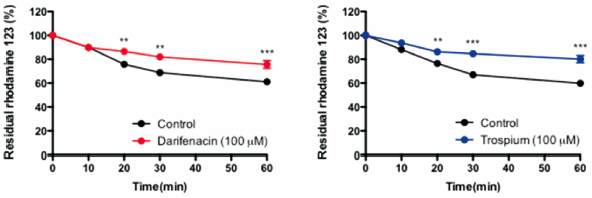- J-STAGE home
- /
- Biological and Pharmaceutical ...
- /
- Volume 42 (2019) Issue 12
- /
- Article overview
-
Hirokazu Wakuda
Corresponding author
Department of Clinical Pharmacology and Therapeutics, Faculty of Medicine, Oita University
-
Takashi Okura
Laboratory of Pharmaceutics, Faculty of Pharma-Sciences, Teikyo University
-
Kana Maruyama-Fumoto
Department of Pharmacology, School of Pharmacy and Pharmaceutical Sciences, Mukogawa Women’s University
-
Satomi Kagota
Department of Pharmacology, School of Pharmacy and Pharmaceutical Sciences, Mukogawa Women’s University
-
Yoshihiko Ito
Center for Pharma-Food Research, Graduate School of Pharmaceutical Sciences, University of Shizuoka
-
Shino Miyauchi-Wakuda
Department of Pharmacology, School of Pharmacy and Pharmaceutical Sciences, Mukogawa Women’s University
-
Naoyuki Otani
Department of Clinical Pharmacology and Therapeutics, Faculty of Medicine, Oita University
-
Naoto Uemura
Department of Clinical Pharmacology and Therapeutics, Faculty of Medicine, Oita University
-
Shizuo Yamada
Center for Pharma-Food Research, Graduate School of Pharmaceutical Sciences, University of Shizuoka
-
Kazumasa Shinozuka
Department of Pharmacology, School of Pharmacy and Pharmaceutical Sciences, Mukogawa Women’s University
2019 Volume 42 Issue 12 Pages 1996-2001
- Published: December 01, 2019 Received: May 17, 2019 Released on J-STAGE: December 01, 2019 Accepted: September 05, 2019 Advance online publication: - Revised: -
(compatible with EndNote, Reference Manager, ProCite, RefWorks)
(compatible with BibDesk, LaTeX)


